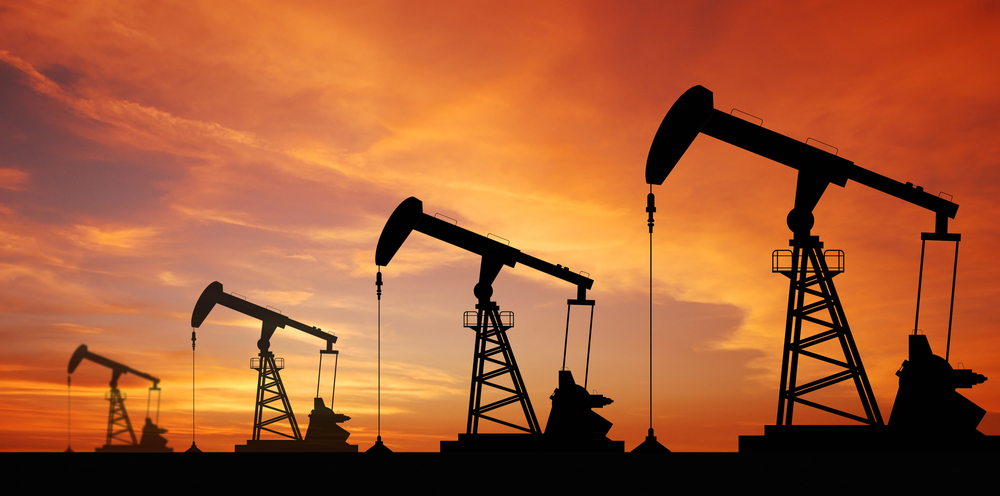What Is the Strategic Petroleum Reserve?

The U.S. Congress is considering legislation that would require 70 million barrels of crude oil from the nation's Strategic Petroleum Reserve to be released to the open market in an effort to drive down gas prices.
That would mean pumping oil out from man-made caverns where it is stored. Only twice in the reserve's 31-year history has oil been extracted for emergencies.
The Strategic Petroleum Reserve is a backup supply of crude oil that's pumped into deep underground salt caverns more than a half-mile deep along the Texas and Louisiana Gulf Coast. The complex, run by the Department of Energy (DOE), can hold a maximum of 727 million barrels of crude oil. The United States imports about 12 million barrels a day.
The most ever stored in the four-cavern complex, which was filled starting in 1977, was a little over 700 million barrels on April 2, 2008.
As of July 24, 2008, it held 706 million barrels, or roughly a 58-day supply, according to the DOE. But in reality it cannot all be pumped out that fast. The oil can be extracted at the rate of 4.4 million barrels a day and takes about 13 days to reach market after a presidential order.
By law, the U.S. president can order a full drawdown of the reserve to counter a "severe energy supply interruption." Several conditions allow for partial drawdowns, including "a circumstance ... that constitutes, or is likely to become, a domestic or international energy supply shortage of significant scope or duration."
The supply was tapped during Operation Desert Storm in 1991 and again after Hurricane Katrina hit the Gulf Coast in 2005, disrupting the supply chain of crude oil and the refinement to gas and other products. The drawdown was replenished gradually by May 2007.
Sign up for the Live Science daily newsletter now
Get the world’s most fascinating discoveries delivered straight to your inbox.
The average price paid for the oil in the reserve right now is $28.42 per barrel.
The decision to store crude oil, rather than gas or other refined products, was simple. Crude oil quality does not degrade over time and offers the flexibility of being refined into various products based on need.
The oil is stored in salt caverns because it's cheaper: about $3.50 per barrel vs. up to $18 per barrel in above-ground tanks. The caverns are 2,000 to 4,000 feet below the surface and were carved out by drilling a well and injecting fresh water. The water dissolved the salt, and the briny mix was (and still is) pumped into wells or deposited offshore. The salt does not react with the oil, and if cracks form in the cavern walls, they tend to heal naturally due to the immense pressures so deep inside the planet.
Several presidents dating back to Truman and Eisenhower discussed the need for a petroleum reserve. It was only after the 1973-74 oil embargo, and spiking gas prices, that President Gerald Ford made it happen.
Follow Life's Little Mysteries on Twitter @llmysteries. We're also on Facebook & Google+.










